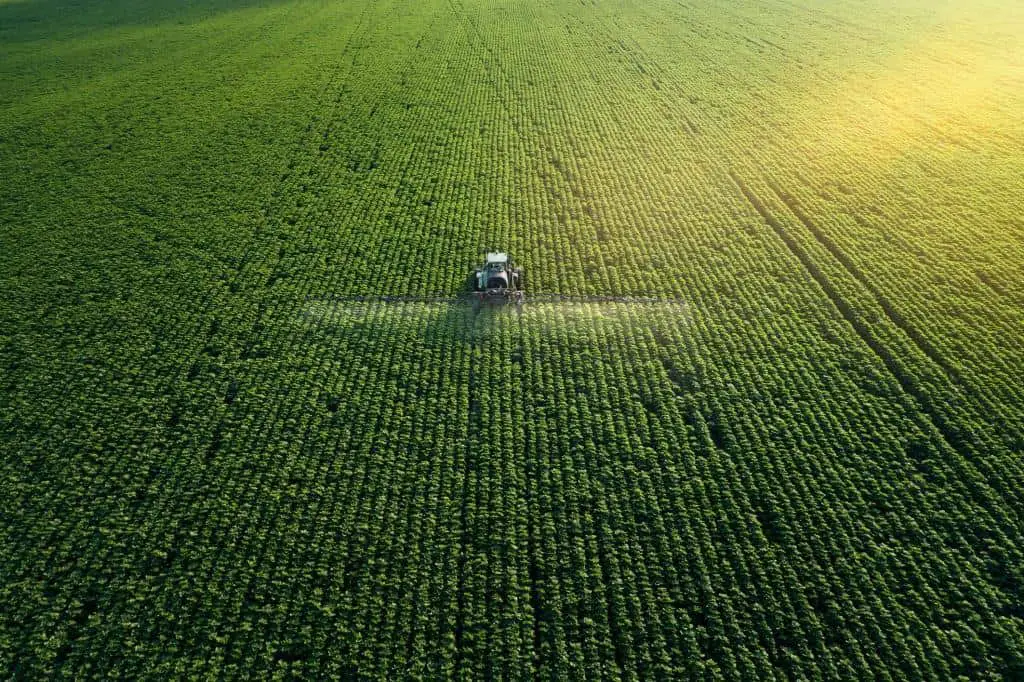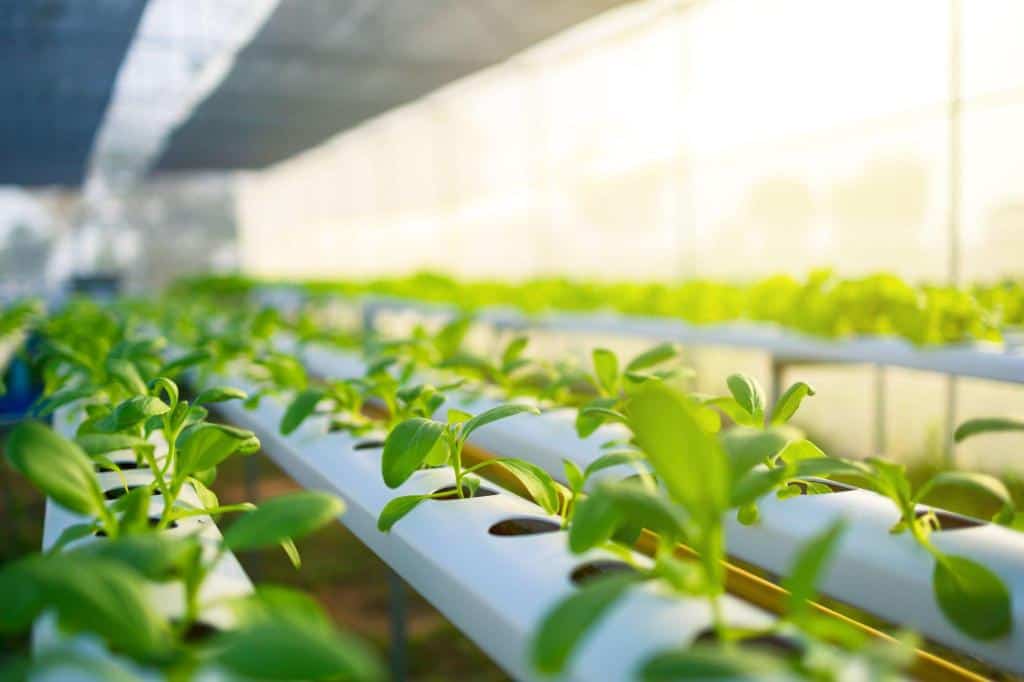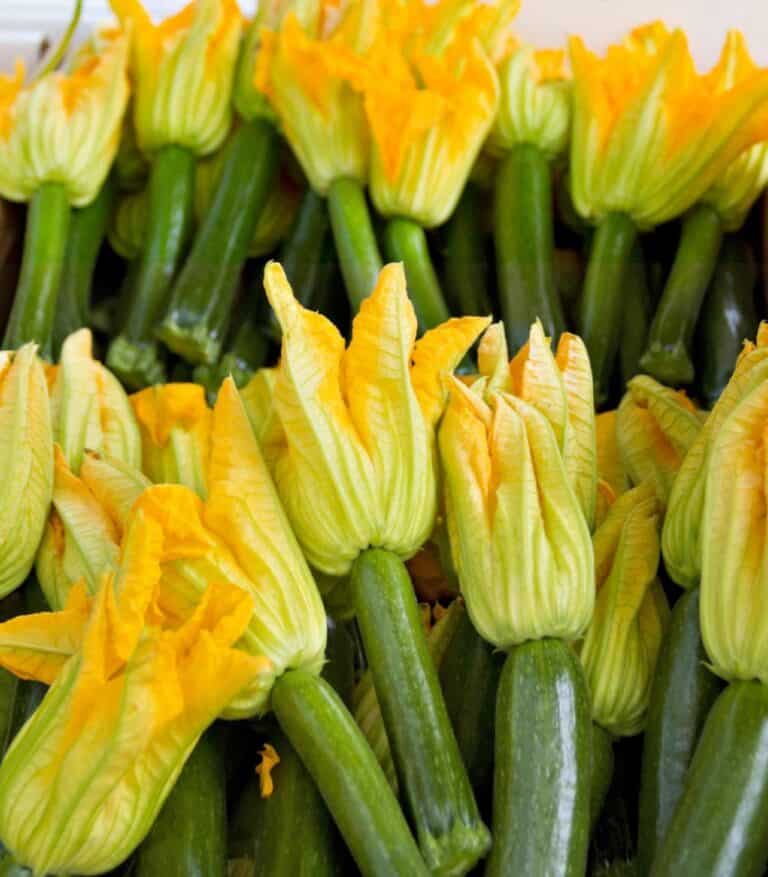10 Alternatives to Traditional and Modern Farming: Sustainable Agriculture

Traditional and modern farming methods have long been the backbone of our agricultural systems. Both come with their fair share of challenges, including environmental degradation, resource depletion, and health concerns. That’s where alternative farming methods come into play.
It is worth exploring alternative approaches that offer innovative solutions to address the challenges of food production, sustainability, and environmental impact.
These alternatives strive to reimagine our relationship with food, nature, and farming systems, paving the way for a more resilient and regenerative future. These innovative approaches offer promising solutions to address the shortcomings of traditional and modern farming while promoting sustainability and resilience.
1. Organic Farming: Nurturing the Soil and Ecosystems

Organic farming has gained significant traction as an alternative to conventional farming methods. It prioritizes the use of natural inputs and sustainable practices while minimizing the reliance on synthetic chemicals.
Organic farmers cultivate crops and raise livestock without the use of synthetic pesticides, herbicides, or genetically modified organisms (GMOs). Instead, they employ techniques such as crop rotation, composting, and biological pest control to promote soil health, biodiversity, and long-term sustainability.
Organic farming places a strong emphasis on nurturing the soil, recognizing it as a living ecosystem that requires care and attention. By promoting healthy soil ecosystems, organic farmers enhance the nutrient content of their crops and contribute to the overall health of the environment.
Organic farming also places a premium on animal welfare, ensuring that livestock are raised in humane conditions and have access to natural grazing and foraging.
2. Permaculture: Designing Sustainable Food Systems
Permaculture offers a holistic and regenerative approach to food production, focusing on designing sustainable and self-sufficient systems that mimic natural ecosystems. Permaculture principles draw inspiration from nature’s patterns and cycles, integrating plants, animals, and human activities in a harmonious way.
Permaculture systems incorporate a diverse range of crops, trees, and animals, creating mutually beneficial relationships within the ecosystem. For example, planting nitrogen-fixing plants alongside crops can naturally enrich the soil, reducing the need for synthetic fertilizers. Additionally, permaculture emphasizes water conservation and catchment techniques, minimizing water waste and maximizing its usage within the system.
By embracing permaculture principles, farmers can create resilient and productive food systems that promote biodiversity, reduce waste, and enhance the overall health of the environment.
3. Hydroponics: Soilless Cultivation

Hydroponics is a soilless farming method that involves growing plants in nutrient-rich water solutions. Instead of traditional soil-based farming, hydroponics relies on a carefully controlled environment to provide the necessary nutrients directly to the plants’ roots. This method allows for precise control over factors such as pH, nutrient concentration, and temperature, optimizing plant growth and yield.
Hydroponics offers several advantages over traditional farming, including higher crop yields, efficient use of water, and the ability to grow plants in areas with limited arable land. It also minimizes the need for pesticides, as the controlled environment reduces the risk of pest infestations.
Read: Organic and Conventional Agriculture Yield
4. Aquaponics: Water Cultivation
Aquaponics combines aquaculture (the cultivation of fish or other aquatic animals) with hydroponics. It is a symbiotic system where fish waste provides nutrients for plants, while the plants filter the water, creating a mutually beneficial relationship. Aquaponics creates a closed-loop system, minimizing water waste and the need for synthetic fertilizers.
By integrating fish farming and plant cultivation, aquaponics offers a sustainable solution for producing both protein and vegetables. This method is highly efficient, as the nutrient-rich water from fish tanks provides the necessary nourishment for plant growth, while the plants help maintain water quality for the fish.
5. Agroforestry: Integrating Trees and Crops

Agroforestry merges agriculture with forestry, combining the cultivation of trees with food crops or livestock. This practice harnesses the benefits of diverse ecosystems, leveraging the natural synergies between trees, crops, and animals.
In agroforestry systems, farmers strategically plant trees alongside their crops, creating beneficial interactions. Trees provide shade, wind protection, and habitat for beneficial insects and animals. They also help to prevent soil erosion, improve water retention, and enhance soil fertility through nutrient cycling.
Agroforestry systems offer multiple yields from a single piece of land, providing not only food but also timber, fiber products, and other non-timber forest products.
Agroforestry systems can take various forms, such as alley cropping, where rows of trees are planted in between crop rows, or silvopasture, where trees are integrated into livestock grazing areas. These systems offer a multitude of benefits, including increased biodiversity, improved soil health, carbon sequestration, and enhanced resilience to climate change.
By integrating trees into farming landscapes, agroforestry provides a sustainable and productive alternative that supports both ecological health and food production.
6. Precision Farming

Precision farming, also known as precision agriculture or smart farming, utilizes advanced technologies to optimize agricultural practices. It involves the use of sensors, drones, GPS, and data analytics to monitor and manage crops with precision. By collecting real-time data on soil conditions, moisture levels, and crop health, farmers can make informed decisions about irrigation, fertilization, and pest control.
Precision farming improves resource efficiency by minimizing inputs such as water, fertilizers, and pesticides, resulting in cost savings and reduced environmental impact. It also enables farmers to precisely target interventions, leading to higher crop yields and better overall farm management.
7. Urban Farming: Cultivating Food in Cities
Urban farming has emerged as an alternative to traditional rural farming, bringing food production closer to urban centers. It involves cultivating crops and raising livestock in urban spaces, such as rooftops, balconies, community gardens, and vertical farms.
Urban farming offers several advantages, including reduced transportation costs, fresher produce, and increased food security for urban populations. It also contributes to the greening of cities, improves air quality, and fosters community engagement.
Innovative urban farming techniques include indoor vertical farming, where crops are grown in stacked layers using hydroponics or aeroponics, maximizing land utilization. Rooftop gardens and community gardens utilize underutilized urban spaces to cultivate fresh produce, promoting local food production and community resilience.
Read: Countries Using Vertical Farming
8. Community Supported Agriculture (CSA)
Community Supported Agriculture (CSA) is a collaborative model of farming that connects consumers directly with local farmers. In a CSA, individuals or families become members by subscribing to a farm’s produce for a season. They receive a regular share of fresh, locally grown food throughout the growing season, often through weekly or bi-weekly deliveries or pickups.
CSAs promote a sense of community and provide consumers with a direct connection to the source of their food. By supporting local farmers, CSA members contribute to the sustainability of small-scale agriculture and help reduce the environmental impact associated with long-distance food transportation.
9. Regenerative Agriculture: Restoring Ecosystems and Soil Health
Regenerative agriculture takes a holistic approach to farming, focusing on practices that restore and enhance the health of ecosystems and soil. It goes beyond sustainability by actively seeking to regenerate degraded lands and contribute to the overall resilience of the environment.
Regenerative agriculture techniques include cover cropping, no-till farming, rotational grazing, and the incorporation of organic matter into the soil. These practices improve soil fertility, increase water infiltration, enhance biodiversity, and sequester carbon from the atmosphere, combating climate change.
By prioritizing the restoration of ecosystems and soil health, regenerative agriculture holds promise in addressing environmental degradation while simultaneously producing nutritious food.
Read: Turn Row as in Farming
10. Vertical Farming: Utilizing Space Effectively

Vertical farming takes advantage of vertical space by growing crops in stacked layers, usually in urban environments. It makes use of artificial lighting, hydroponics, and climate control systems to create optimal growing conditions for plants. By utilizing vertical space, vertical farms can maximize productivity while occupying a smaller footprint.
This method of farming offers numerous benefits, such as year-round production, reduced water usage, and protection against weather-related risks. Vertical farming also minimizes the need for transportation, as crops can be grown closer to urban centers, reducing the carbon footprint associated with food distribution.
Embracing a Diverse Agricultural Landscape
As we navigate the complexities of feeding a growing global population and mitigating the environmental impact of agriculture, it is vital to explore alternative farming practices that offer sustainable, innovative, and regenerative solutions.
Organic farming, permaculture, hydroponics, aquaponics, agroforestry, urban farming, and regenerative agriculture each contribute to the diversity of our agricultural landscape, presenting unique approaches tailored to specific contexts and goals.
By embracing these alternatives alongside traditional and modern farming practices, we can cultivate a more resilient, equitable, and sustainable food system that meets the needs of present and future generations while respecting the natural world we depend on.
The Path Forward: Collaboration and Knowledge Sharing
Exploring and adopting alternative farming practices requires collaboration, knowledge sharing, and support from various stakeholders, including farmers, researchers, policymakers, and consumers. It is crucial to create platforms and networks that facilitate the exchange of ideas, experiences, and best practices.
Farmers can benefit from training programs, workshops, and resources that provide guidance on implementing alternative farming methods. Research institutions and agricultural organizations play a vital role in conducting research, developing new technologies, and disseminating information to farmers.
Policymakers can support the transition to alternative farming practices by creating favorable policies, incentives, and funding opportunities. By recognizing the importance of diverse farming systems, governments can promote sustainable agriculture and ensure a resilient and secure food supply.
Consumers also have a role to play in shaping the future of agriculture. By making informed choices and supporting local, sustainable, and regenerative food systems, consumers can contribute to the demand for alternatives to traditional and modern farming. This includes purchasing organic and locally grown produce, supporting farmers’ markets, and engaging in community-supported agriculture initiatives.
A Harmonious Blend of Tradition and Innovation
As we consider the alternatives to traditional and modern farming, it is important to recognize that there is no one-size-fits-all solution. Each approach has its strengths, limitations, and contexts in which it thrives. Traditional farming practices hold valuable knowledge and cultural significance, while modern techniques have increased productivity and efficiency. Alternative farming methods build upon these foundations, integrating traditional wisdom with innovative technologies and practices.
The future of agriculture lies in a harmonious blend of tradition and innovation, where diverse farming approaches coexist and complement each other. It is a landscape where organic farmers cultivate nutrient-rich soils, permaculturists design resilient food systems, hydroponic farmers maximize resource efficiency, agroforestry practitioners restore ecosystems, urban farmers bring food closer to communities, and regenerative agriculture heals the land.
Conclusion
In conclusion, exploring alternatives to traditional and modern farming opens up a world of possibilities for sustainable food production. Organic farming, permaculture, hydroponics, aquaponics, agroforestry, urban farming, and regenerative agriculture offer innovative approaches that prioritize ecological health, resource efficiency, and community engagement.
By embracing and integrating these alternatives into our agricultural landscape, we can create a resilient and sustainable food system that nourishes both people and the planet. The path forward lies in collaboration, knowledge sharing, and a harmonious blend of tradition and innovation. Together, we can cultivate a future where agriculture is in harmony with nature and supports the well-being of all.







